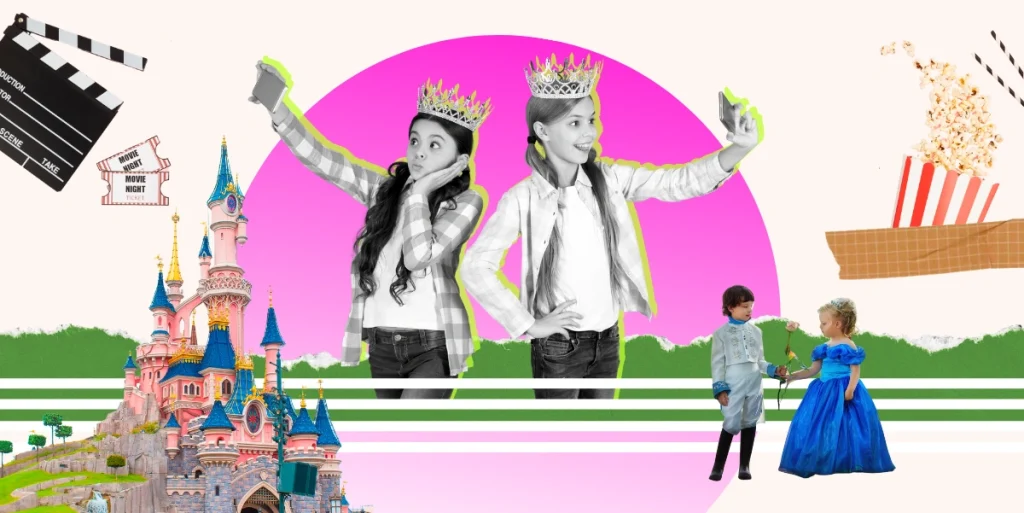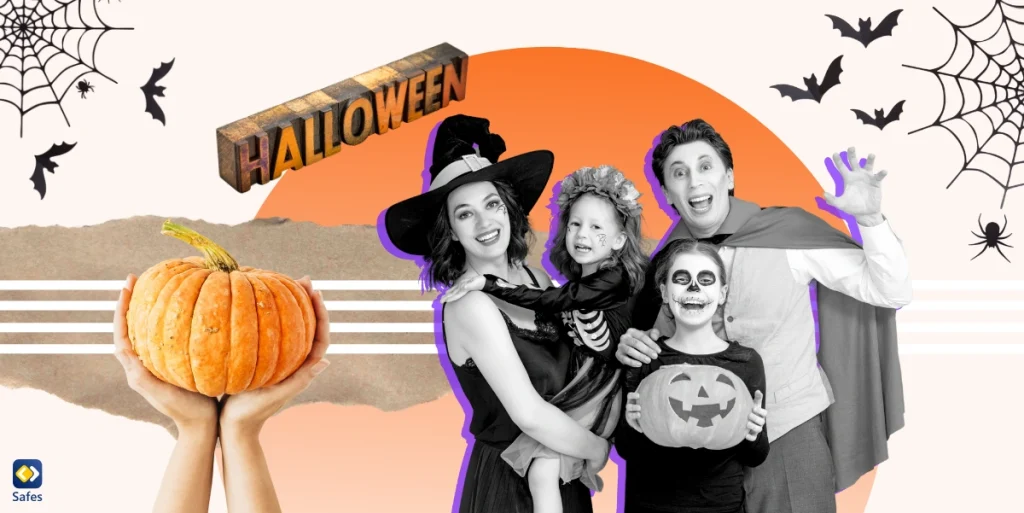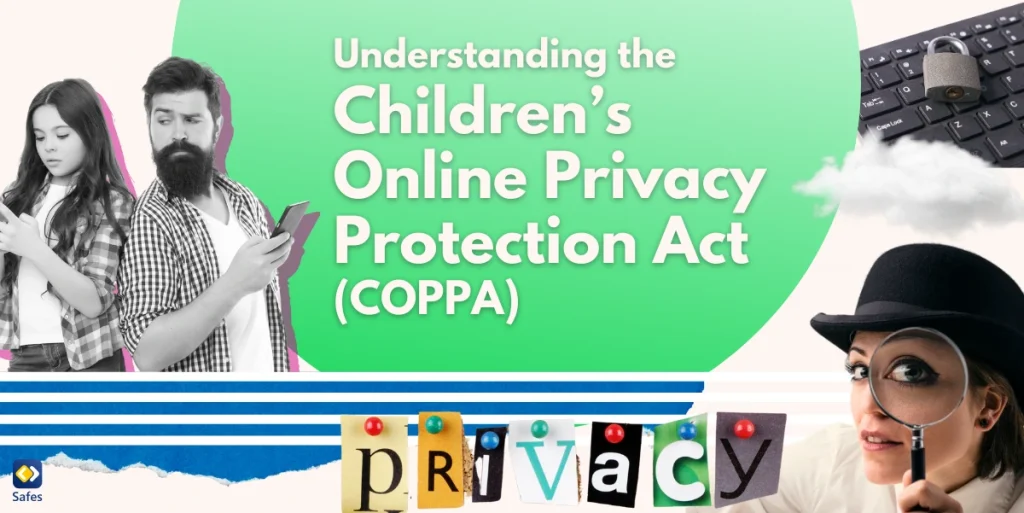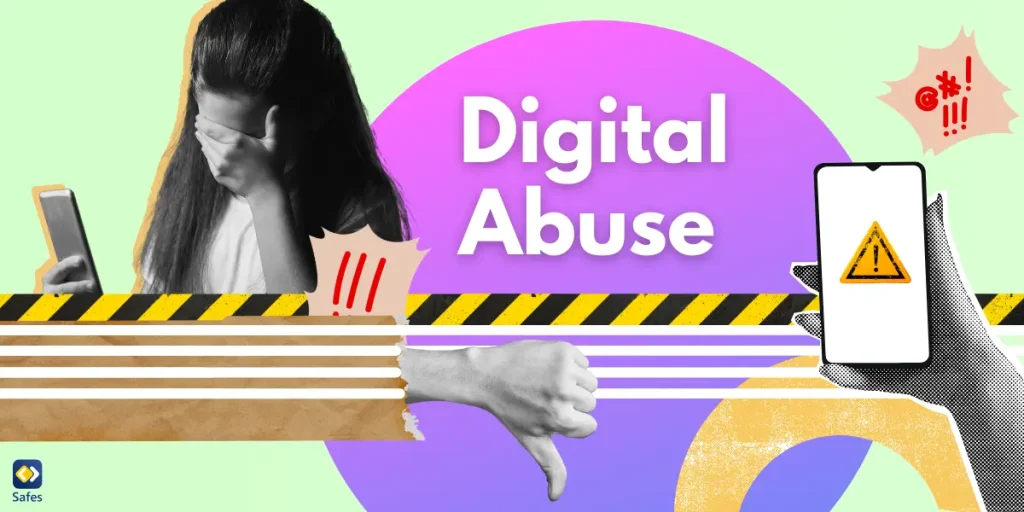Are Disney princesses good role models for our children?
Download and Start Your Free Trial of the Safes Parental Control App
How do they impact our kids’ attitudes and beliefs?
It’s time to get a little bit more picky about the animations your children watch! Disney princesses have been around for a long time, being symbols of beauty and charm. However, it’s better to look at their influences on our children responsibly and closely check the hidden messages
Disney movies affect the way we see the world. They show us ideas about beauty, relationships, and what love should look like. Since the audience of such movies is mainly the young generation, the Disney girl characters’ influence is even more powerful.
Throughout recent years, Disney princesses have changed for the better. They now have different characters and love stories that aren’t just about romance. Despite all the changes, the way they show beauty can still make young girls feel bad about themselves. The princesses often have very thin bodies and perfect skin, which isn’t realistic for most people.
In this blog, we will take a closer look at Disney princesses. We’ll discuss the negative effects of these characters in detail and talk about their evolution.
Are Disney Princesses Good Role Models for the Young Generation?
The short answer would be some are and some are definitely not a good example for children. The first princesses, such as Snow White, Cinderella, Ariel, and Aurora often needed someone else to help them, like a prince or a fairy godmother. They also didn’t show much independence, and their prettiness was an important matter in the stories. This might not be the best message for kids. But then, there are newer princesses like Rapunzel from Tangled, Elsa and Anna from Frozen, and Merida from Brave. They’re not similar to the previous characters, as they take control of their lives and don’t wait for someone to save them. Rapunzel decides her own fate, Elsa learns to be herself, Anna is brave and loyal, and Merida doesn’t let anyone tell her what to do.
These newer princesses are better examples for kids. They teach them to believe in themselves, be strong, and follow their dreams. So, while the old princesses weren’t perfect role models, the new ones show kids how to be confident and brave. It’s important for kids to see characters who inspire them to be their own heroes.
What Are The Negative Impacts of Disney Girl Characters on Children?
The media, including Disney princess movies, influences people, especially kids. The reason is they spend more time watching animations and are still learning how to think. So, they can learn and explore while getting entertained. This is one of the reasons why kids like cartoons.
To mention some negative images that this media shows, we can name some of Disney princesses’ traits. For example, they are often submissive, young, thin, and focused on finding love. That is why these female characters aren’t considered the best role models for kids. To discuss all these effects, we can rely on one research on the effect of Disney princesses as character models. The study was published in the Spring of 2015 by Rachael Michelle Johnson.
The article has looked over the three eras of Disney princesses as below:
- Era 1: Snow White and the Seven Dwarfs, Cinderella, and Sleeping Beauty
- Era 2: The Little Mermaid, Beauty and the Beast, Aladdin, Pocahontas, and Mulan
- Era 3: The Princess and the Frog, Tangled, Brave, and Frozen
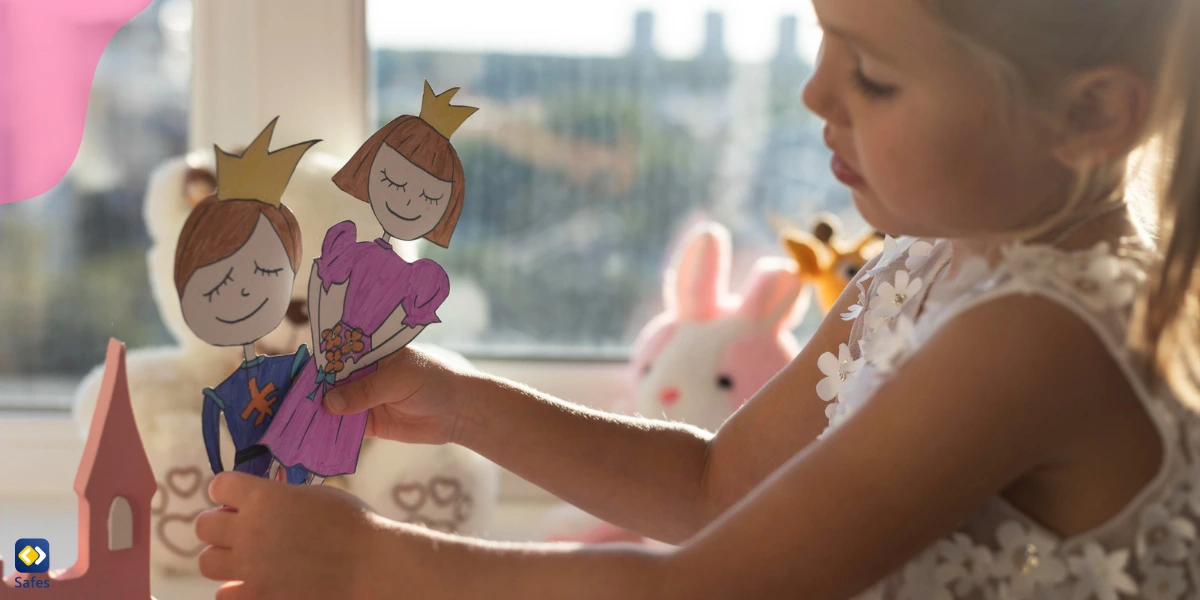
Unrealistic Image of Body
Disney princesses in all eras are shown as fitting into society’s idea of beauty, which meant being thin, young, and attractive to the opposite sex. They all have features like small waists, pale skin, and delicate limbs. Cinderella is the more obvious example of showing unrealistic body image. Her small feet were a sign of her beauty. Moreover, in these animations, older women were often portrayed as evil, showing the idea that only youth is beautiful.
In the second era, not only didn’t the wrong way of showing bodies change, but princesses became more sexualized. Ariel from The Little Mermaid wearing a revealing seashell bra is a good example of this fact. Pocahontas and Belle also had exaggerated physical features, which some criticized as unrealistic.
Stereotypical Gender Roles
Another negative effect of Disney movies, especially in the first and second areas, was reinforcing gender stereotypes and their roles. The characters often stick to traditional ideas about how men and women should act. For example, princesses are usually shown as weak, dependent on men, and focused on taking care of others. Snow White and Cinderella conveyed this message very well by doing a lot of housework and relying on men to save them.
Wrong Portrayal of Love
Do you think love happens instantly and then the couple will live happily ever after? This is an image of love that children tend to learn by watching these animations. In the first and second eras, Disney princesses tended to quickly fall in love with handsome princes they barely knew and had only met once or twice! Furthermore, their whole future and freedom from a difficult life relied on their princes. For instance, Snow White and Aurora needed true love’s kiss to wake them from a coma. Cinderella also waited for her prince to rescue her from a life of servitude.
Disney Princess Evolution – How Have They Progressed Through Recent Years?
Cinderella, Snow White, and Aurora are the ultimate examples of forced standards for women back then. The later Disney characters, Ariel, Belle, Mulan, and Pochohantas were rather more progressive, showing more independence and bravery and being their own lifesavers. For example, Ariel wants to explore and make her own choices, and Mulan goes to war to protect her family.
However, finding love and marriage are still a goal in Disney animations in the second era. For example, Princesses like Jasmine and Belle display some obedience to traditional rules and arranged marriages. But still, their stories revolve around finding love and settling down.
Based on an article by Maegan M. Davis, From Snow to Ice: A Study of the Progression of Disney Princesses from 1937 to 2014, the third era has been the most successful in removing stereotypes about men and women, love, and relationships. The Princess and the Frog, Tangled, Brave, and Frozen all have princesses who get out of their comfort zone to explore and make their lives better, without relying on princes. Elsa and Anna from Frozen are the most progressive characters, rebelling against all the wrong standards that the previous Disney princesses used to fit in. Not only are both main fairy tale characters female but also they perfectly display great bravery as the only way to save their lives.
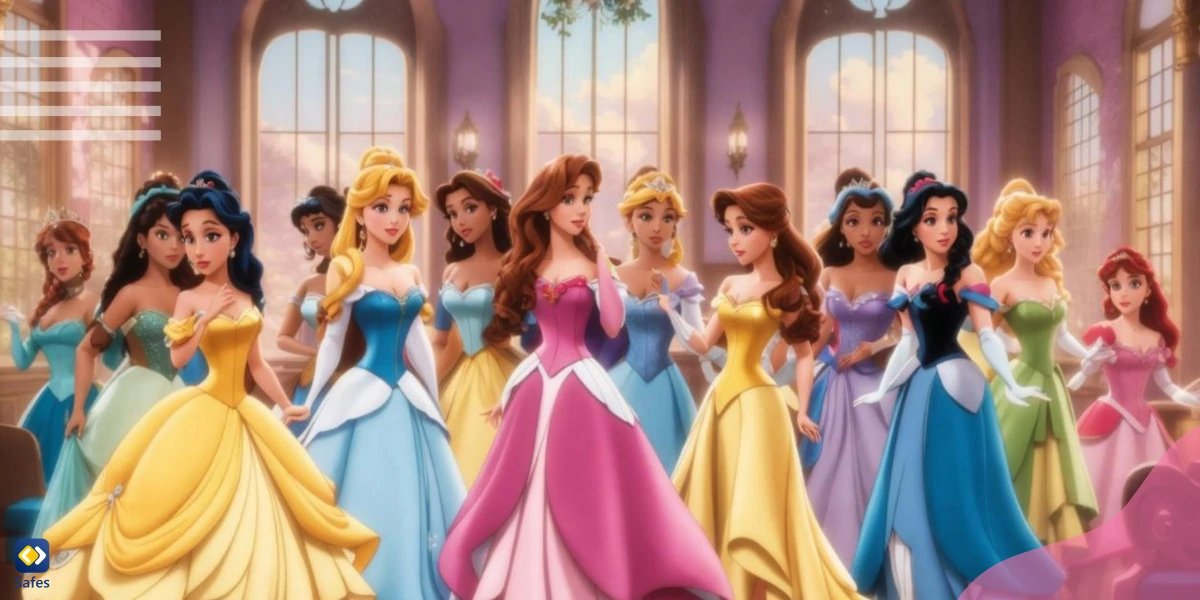
Final Word
Disney princess movies both reflect and influence what society thinks about love and romance. In the most recent Disney movies, we’ve witnessed female characters being more varied and independent. Therefore, there’s hope for the future of Disney to focus on Disney princess diversity and create more characters with various bodies, races, ages, and stories.
As a parent, you always need to keep an eye on the content your children are exposed to. Whether animations or what they search on Google, you should monitor their activities, so you can prevent any damage right away. Wondering how? We have the solution! Safes is a parental control app that lets parents track their children’s activities on their cell phones.
You may have used the Windows parental control or the built-in settings on your mobile phone. However, Safes offers more useful features, such as filtering searches, blocking some websites, and managing screen time. So, give it a try and download the app for Android or iOS. You can also use our free trial option, just to see how the app works!
Your Child’s Online Safety Starts Here
Every parent today needs a solution to manage screen time and keep their child safe online.
Without the right tools, digital risks and excessive screen time can impact children's well-being. Safes helps parents set healthy boundaries, monitor activity, and protect kids from online dangers—all with an easy-to-use app.
Take control of your child’s digital world. Learn more about Safes or download the app to start your free trial today!
